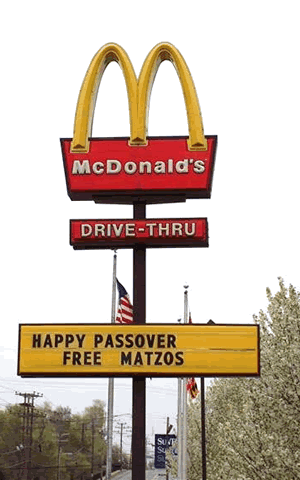The following is dedicted LZecer Nishmas Avivah Rachel bas Malkah Zicronah Livracha whose all too short life was dedicated to Torah, Avodah and Gmilus Chasadim. May her family be comforted among the mourners of Zion and Jerusalem.
I mentioned in my first post that one of the more frequent issues that arises with respect to Tzafun is that of Chatzos–eating the afikomen before halachic midnight. IOW, your seder is progressing -you have gone through Magid with a lot of Divrei Torah and Shirah and you have started the meal. Depending on the calendar, Chatzos not so suddenly creeps up on you and a halachic issue presents itself-what about the Afikoman?!
The Avnei Nezer, one of the Gdolei Acharonim presented the following ingenious solution.The He suggested that one take a matzah before Chatzos and say-If the Halacha is in accordance with R Eliezer Ben Azaryah , this is the Afikoman. If the halacha is not so, it is just a piece of matzah. Therefore, regardless of who the halacha is like., I can continue to eat because according to R Eliezer Ben Azaryah, since the time for eating the Karban pesach has passed, and according to the Rabbanan, one can eat the Afikoman until Alos HaShachar (sunrise)-all night and before Alos HaShachar I can eat another piece of
matzah to fulfull the view of the Rabbanan. ( See ShuT Avnei Nezer Orach Chaim Siman 251 Sif Katan 5 for the entirety of this fascinating solution).
Read more Tzafun (Step 12) – Halachic Approach to a Common Problem


